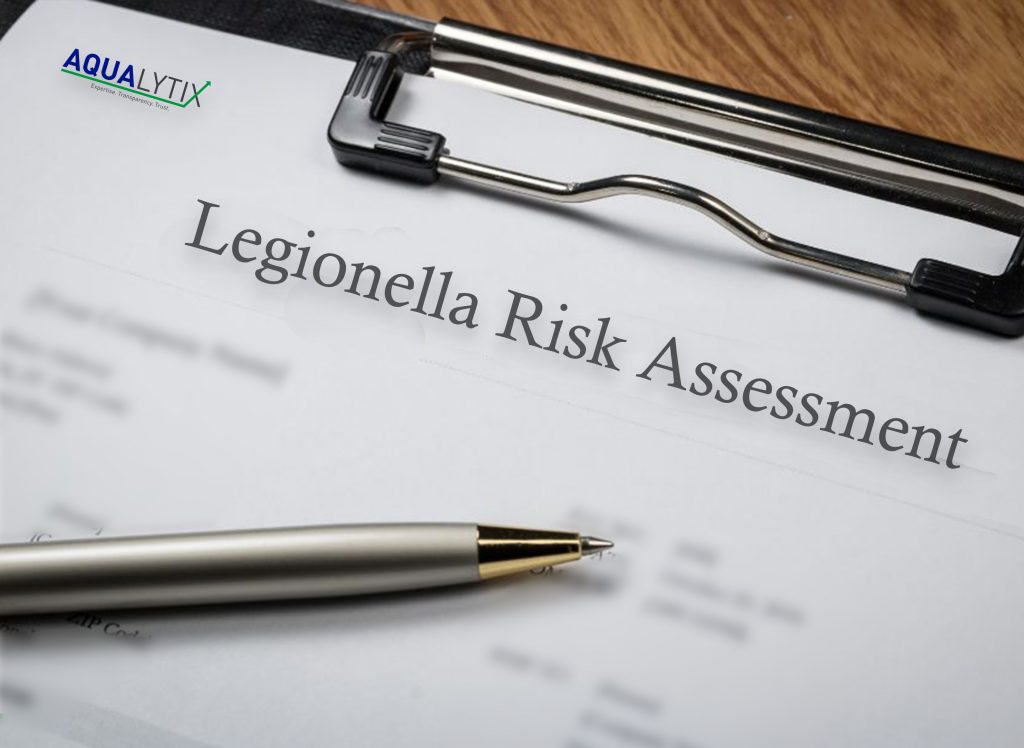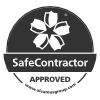

Aqualytix Legionella Risk Assessment
Being the cornerstone of a Legionella compliance program, a Legionella Risk Assessment is the basis for an effective control scheme. If you don’t have one or need to update it, a site survey would be carried out and a Legionella Risk Assessment aligned with ACOP L8 HSG274 Parts 1-3 and BS8580 would be created.
What Is A Legionella Risk Assessment?
A comprehensive Legionella risk assessment involves identifying potential sources of Legionella bacteria in a water system, assessing the level of risk, and implementing appropriate control measures.
How Often Should You Do a Legionella Risk Assessment?
The Health and Safety Executive recommends in its ACOP L8 guidance that risk assessments be reviewed regularly, especially if there is reason to suspect that they are no longer valid.
- Changes to the water system or its use
- Changes to the use of the building in which the water system is installed
- The availability of new information about risks or control measures
- The results of checks indicating that control measures are no longer effective
- Changes to key personnel
- A case of Legionnaires’ disease / Legionellosis associated with the system


What Is Involved In A Legionella Risk Assessment?
The risk assessment must include a list of all the assets and the risks posed by use of those assets, as well as management responsibilities, controls in place to mitigate these risks, monitoring and inspection procedures, and records of the monitoring results.
In our article on ‘Agreeing the scope of a Legionella Risk Assessment’, we discuss what an end users should be taking into consideration prior to a risk assessment taking place on their water system.
Who Is Responsible For A Legionella Risk Assessment?
If you are the responsible person for your business, you are accountable for carrying out a risk assessment. To help ensure you comply with the Health and Safety at Work Act 1974 and the management of health and safety at work regulations 1999, you should seek help from either within your organisation, or from outside competent sources. We utilise independent, competent consultants trained in Legionella risk assessment to ensure that all risk assessments are completed impartially and reflect the environment found on site. All Legionella risk assessments are completed in accordance with BS8580, which is the standard for Legionella risk assessments.
Our compliance team audit our independent risk assessors and their assessments to ensure they meet our high standards; all consultants utilise our standard risk assessment templates to ensure that any risk assessment completed are consistent in their content and presentation.
Are Legionella Risk Assessments Mandatory?
Legionella risk assessments are legally required under UK health and safety law.
All man-made water systems require a Legionella risk assessment, but may not require elaborate control measures, this is usually determined by the size and complexity of the water systems being assessed.
As a result, legionella risk assessments can be large, small, simple, or complex. For simple systems, a risk assessment, completed by the responsible person may show that the risks are low and limited control measures are sufficient to adequately mitigate risk. However, for more complex systems assessed by a risk assessor, it is likely that more elaborate control measures will be required to mitigate risk.
Additionally, the Health and Safety Executive (HSE) also states that a Legionella risk assessment is a legal requirement for employers, landlords, and those in control of premises.
We can help you identify and understand any potential risks of Legionella and help you implement measures to either eliminate or control the risk.









